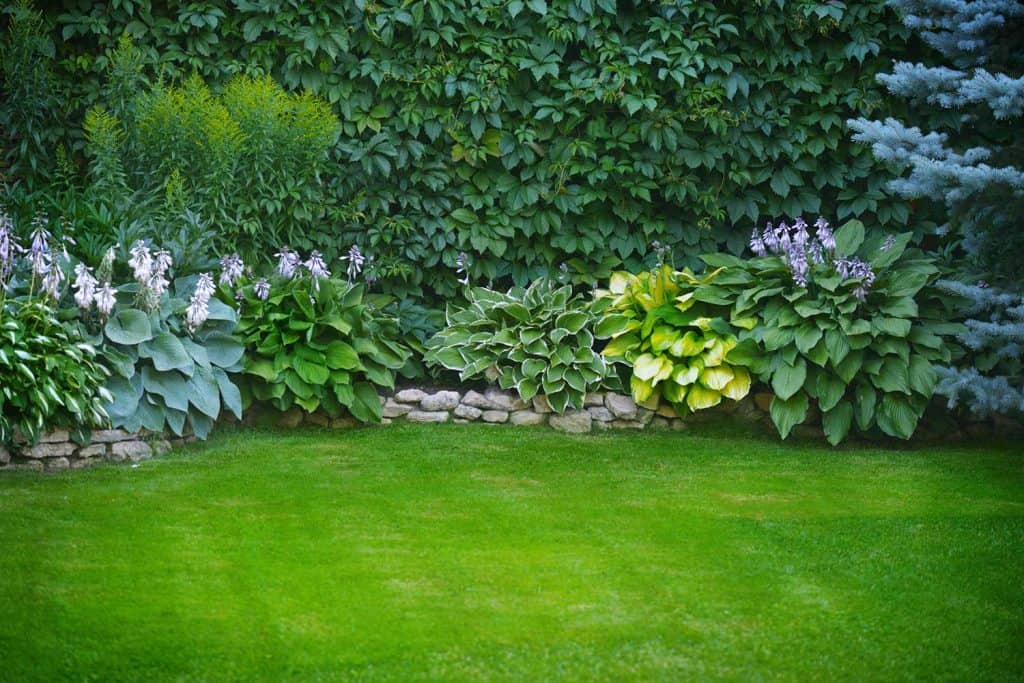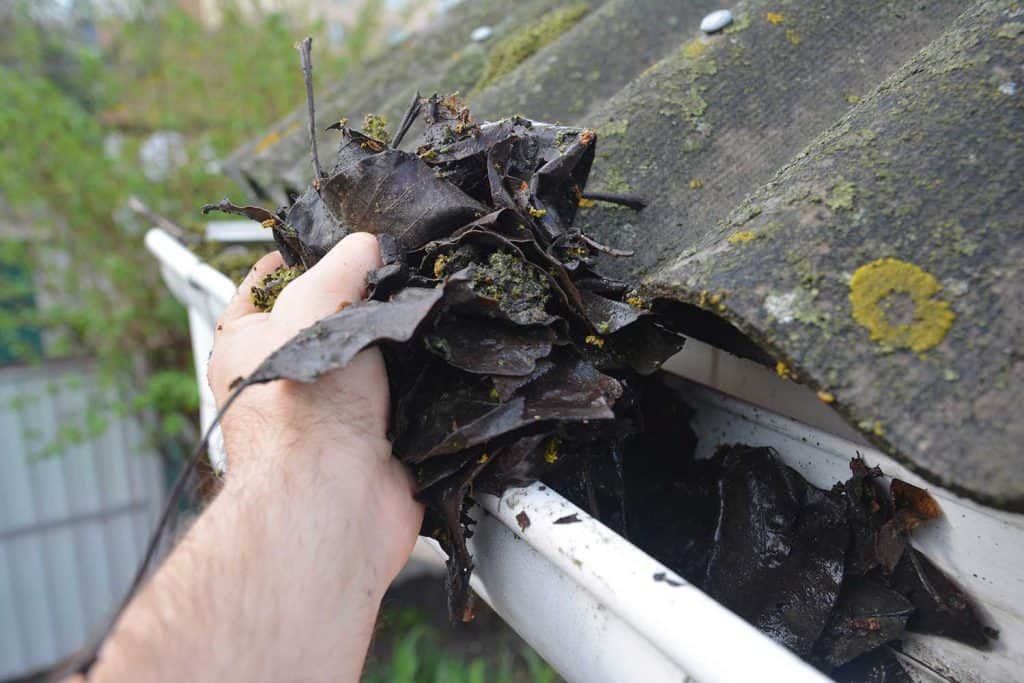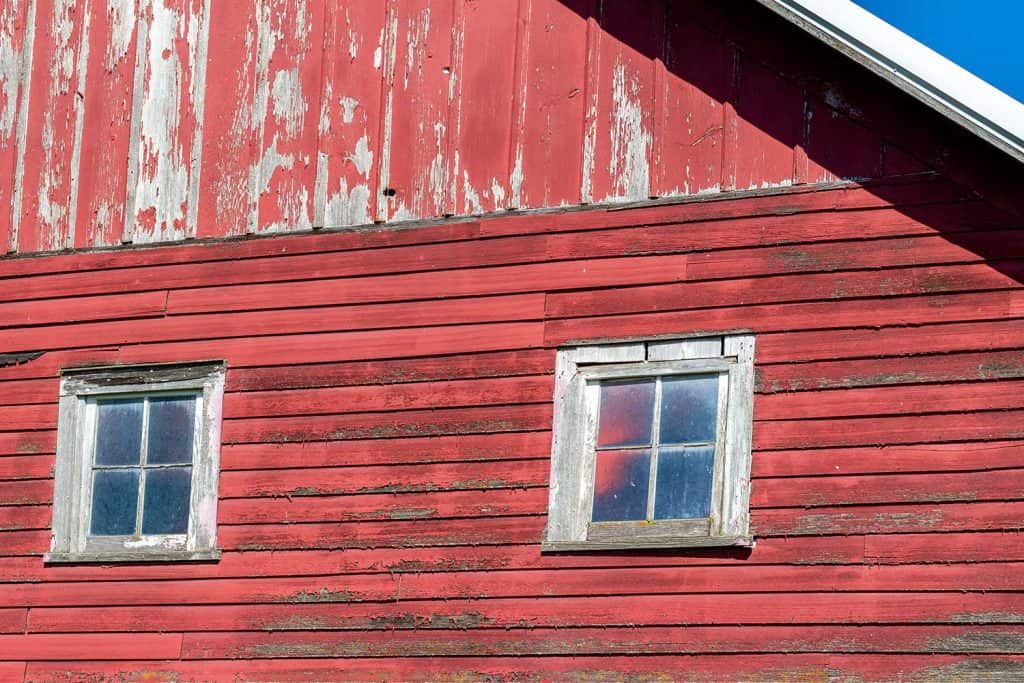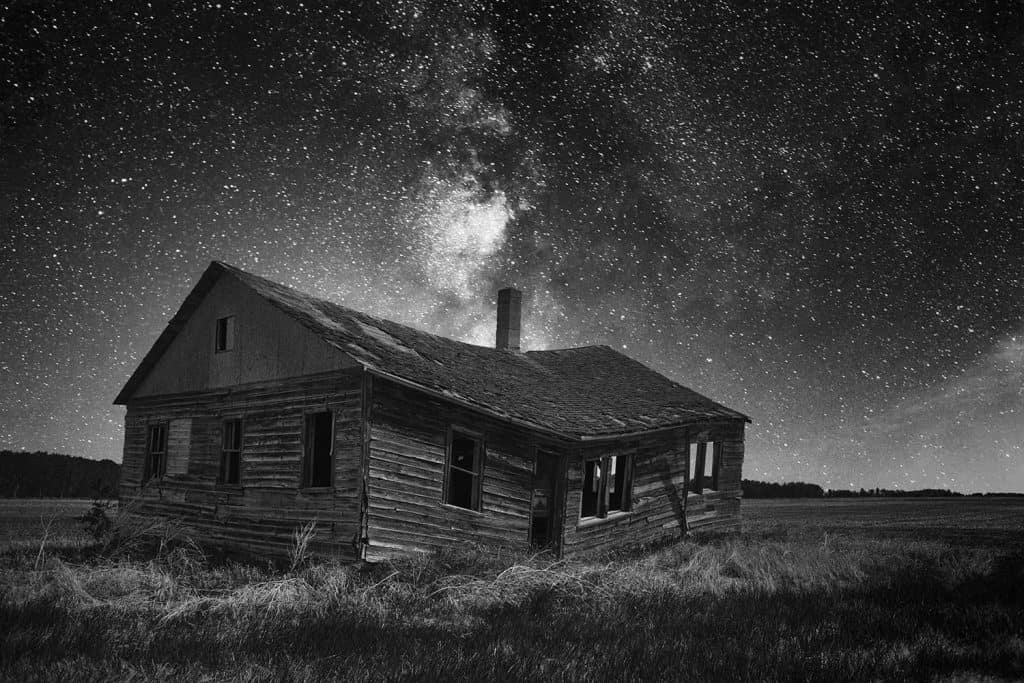If you have an old fashioned, rustic aesthetic, you probably have a favorable opinion of log cabin style homes. It's easy to imagine that these cozy abodes are only found nestled away in the woods, off the beaten path from the rest of civilization. The popularity of log sided homes has grown over the last thirty years and is seen on homes and outbuildings in every place imaginable. This look isn't just for the forest anymore, as it's become a familiar form of siding in the small towns and sub-divisions. But does it last; we've found the answer!
How long log siding lasts will depend on how well it is maintained and what type of climate it is exposed to. A well-maintained home with log siding will last as long as any other home, so long as you routinely perform certain maintenance and replace individual pieces of rotted or damaged log siding. On average, any wood siding will last anywhere from 20 to 40 years.
You love the look but are concerned about how to maintain log siding. We've done extensive research on log siding and how you should maintain it properly, as well as addressed some other concerns. Will it hold it's value? What are the major problems with log siding? We provide these answers and more later in the post.

The advantages of log siding
Aside from the look, there are other reasons that people will enjoy having log siding on their homes. While they do require a bit more routine maintenance, log siding pieces are all tongue-in-groove and easy to install. This design is meant to fit snuggly and is resistant to winds.
All log siding pieces are treated and kiln-dried, so there is no shrinkage. This helps maintain its durability while it's on the side of your home. This siding is also less expensive to purchase and install than many other types of siding.
Now that you're aware of the advantages of log siding, you'll want to be informed on how you should properly maintain it. We provide that information below.
How do you take care of log siding?
According to experts, the best way to care for your log siding is by performing routine maintenance. It only takes about one weekend a year to get the major things done, and this invested time will greatly lengthen the life of your siding.
Annual inspection and cleaning
You'll want to make certain that you take this time to fully clean your log siding of any dirt. How you remove this dirt can depend on how you stained and sealed the log siding, to begin with. But assuming you properly sealed your log siding with a good UV protectant sealer, you should be ok taking a garden hose and spray washing the siding thoroughly. The sealer will allow for dirt to be sprayed off rather easily, so you shouldn't need to power wash it.
Beware of bugs
Any wooden siding will have issues with bugs, mildew, and mold. You'll want to carefully inspect each piece of log siding during this yearly maintenance. Any section that shows signs of rot or bug infestation should be immediately removed and replaced. Failure to do so will only cause these issues to spread, putting much more of your log siding in jeopardy.
Bugs love rotting wood, so removing any rotted pieces of log siding as soon as possible will help remove the risk of bug infestation. But you'll also want to keep all rotting wood away from the house itself. Don't pile up dead branches, keep your fireplace logs in an outbuilding, and don't stack old lumber too close to your home.
Snow removal
If you live in areas where it snows, you'll want to make sure that no amounts of snow are allowed to pile up against any piece of log siding. Snow piles carry an excessive amount of moisture, and having your log siding subjected to prolonged contact will cause the wood to begin to absorb the wetness slowly. This will cause the wood to mold or rot. So if you get a heavy snowfall, be sure to scoop the snow away from any of the log siding as soon as possible.
Be careful where you plant
Planting trees, bushes, or other greenery too close to your log siding can also create some issues. Plants need moisture and attract a ton of it. This moisture will damage your log siding over time. To avoid damage, it's best to keep any planting more than eight feet from your home's exterior walls.
We sometimes add affiliate links and content that was curated and created by our team with the help of advanced ai tools to help showcase the best design styles.

Gutter and drains
You also will want to make sure that your home's gutters and drains are intact and working properly. Having no gutters, or sections of gutter missing, will not remove rainwater and will expose your log siding to more moisture than it can readily handle. Likewise, drains not functioning properly will subject your log siding to standing water, leading to mildewing, molding, and rot. Make it a habit to check your gutters and drains at least once or twice a year during a rainstorm, so you can see if there are any issues.

Reapply
Make sure that you re-stain and re-apply UV sealer every three to five years. This is the best way to prevent rot and mold and will definitely add years of life to your log siding. Some UV sealer brands can be mixed in with the stain, making the job take substantially less time.

What are the problems with log homes?
Any form of siding is going to have drawbacks. Vinyl siding is known to tear and blow away in strong winds, composite siding lacks the durability of other options, and brick will eventually need expensive tuckpointing. As for log siding, let's have a look.
Bug infestations
While the aesthetic features of a log home attract a lot of people, they also attract a lot of bugs. Certain species of bugs and vermin are drawn to sawn wood, and many will find it an appealing place to make their homes. Ants, wasps, bees, hornets, and other unwanted insects love log siding. You'll want to routinely inspect the siding for these invaders and get rid of them quickly if you see evidence of them beginning to nest.
Termites
All types of wooden siding will attract termites. You'll want to be absolutely certain that the siding has been treated and sealed prior to installation and that you re-stain and re-seal every three to five years. Doing this will keep the termites at bay, as well as other pests. Having your yard around your home treated for termites is also recommended to avoid an infestation.

Mildew, mold, and rot
We detailed why your log siding can be at risk for mildew, mold, and rot earlier in this post. Just a reminder to do routine maintenance, remove damaged pieces and immediately replace them, and apply fresh stain and sealer every three to five years.

Do log homes keep their value?
Log homes keep their value on par with any other type of home on the real estate market. While the extra maintenance might turn off some homeowners, others are equally attracted to the look and design, making this style of home quite popular.
The value of any home will be based upon its location and its condition. If your location is more desirable than it was when your log home was built, then the value of the log home will probably have increased. But even if the location is sought after more than others, you'll need a log home that has been well maintained for that extra value to be a reality.

In Conclusion
Maintaining and repairing damage to log siding can be a lot of work, but people who love the rustic look say that it's worth it for the aesthetic. Unlike vinyl siding, you'll need to inspect your log siding more often, but you're also easily able to replace a single damaged piece. There's a lot of preventative measures you can take to keeping your log siding healthy, all of which should be done to maintain and grow the value of your log-sided home.
If you're looking for other posts that might help you figure out how to do projects around your house, we recommend reading the ones listed below:
What’s the Difference Between Interior And Exterior Paint?
How To Get A Smooth Finish When Painting Kitchen Cabinets
Staining Vs. Painting for Outdoor Wooden Surfaces
How To Install An Interior Door That Is Not Prehung [9 Steps]
